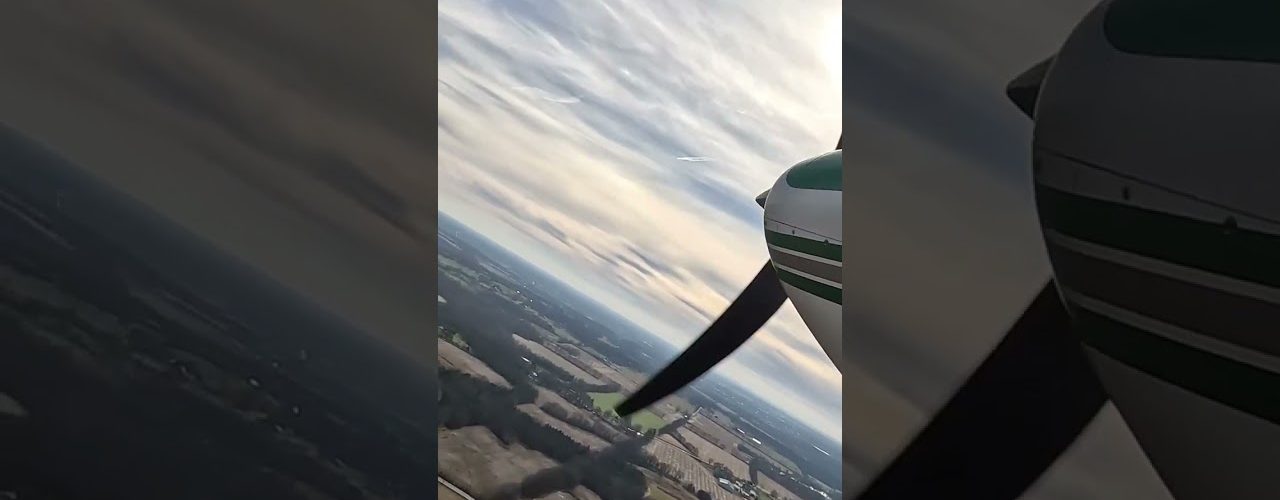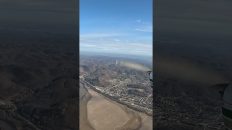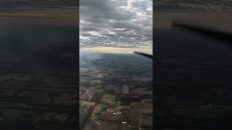#ambient #cessna #aviation #shorts
From the FAA:
1.) What is Downwind?
The downwind leg is a course flown parallel to the landing runway, but in a direction opposite to the intended landing direction. This leg is flown approximately 1⁄2 to 1 mile out from the landing runway and at the specified traffic pattern altitude.
2.) What is Base?
The base leg is the transitional part of the traffic pattern between the downwind leg and the final approach leg. Depending on the wind condition, the pilot should establish the base leg at a sufficient distance from the approach end of the landing runway to permit a gradual descent to the intended touchdown point.
3.) When to turn Base?
You’re going to begin your descent abeam the touchdown point on the runway. Therefore, your descent will begin already on the downwind leg of your traffic pattern. Generally, you’ll turn base when the runway is at about a 45° angle behind you.
In the above “descent” statement, you’re pulling carb heat out at midfield and then when in-line with “the numbers” painted on the runway, you’ll pull back your throttle/RPMs to slow down and put in your first “notch” of flaps. This slows you down and slowly reduces altitude. It may sound complicated, but aviation is essentially just a list of procedures done in a particular order that will become second nature.
For more information, consult a local CFI to set up a discovery flight!
https://www.gleim.com/aviation/directories/index.php?school=cfi
For the highlights or full flight of our initial December GoPro 11s video:
Highlights: https://youtu.be/FvxnUdnqChY
Full Flight: https://youtu.be/S1Iuv3Qi7A0






Add comment